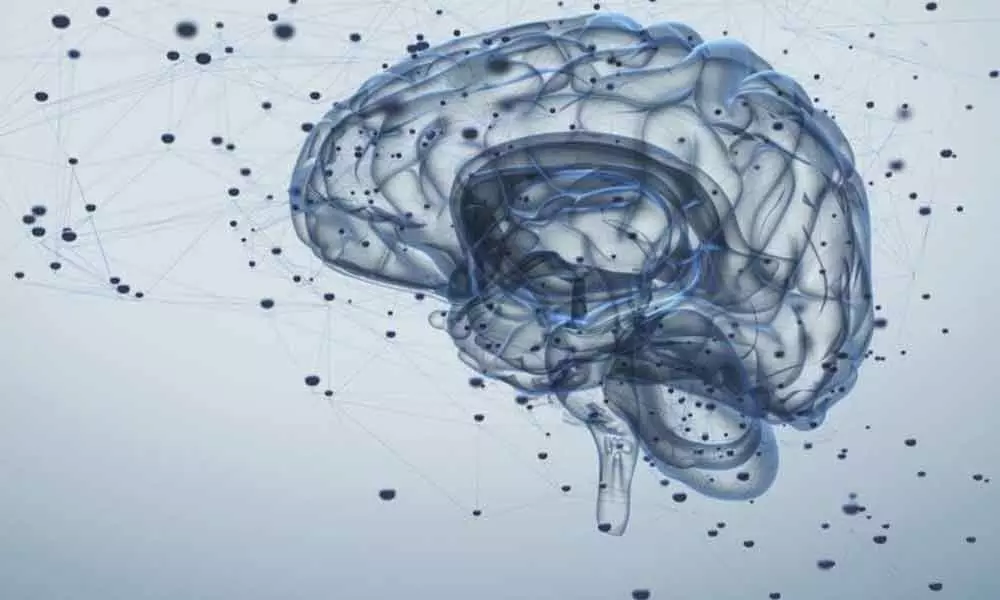How do you know that your brain is awake?

Here is how one can say if a brain is awake?
Washington: Scientists commonly use multiple electroencephalograms or EEG tests to determine the brain consciousness level but now a research team, using rats, has been able to demonstrate that the EEG doesn't always track with being awake. The study by a Michigan Medicine team raised questions about what awareness entails.
Dinesh Pal who is an assistant professor of Anesthesiology at the U-M Medical school said: "EEG doesn't necessarily correlate with behaviour. We are raising more questions and asking that people are more cautious when interpreting EEG data."
Under anaesthesia, an EEG reveals a kind of unconsciousness signature: diminished brain connections; sluggish waves which are also correlated with profound sleep, vegetative state, and coma; and less complex or less time-consuming change in brain function.
Pal and his team wanted to look at the results of these measures when a brain was awakened in anaesthesia based on data from a 2018 study. To do so, they examined a brain area called the medial prefrontal cortex which was shown to play a role in the focus, auto-processing and synchronization of perception.
The team used a drug that imitated neurotransmitter acetylcholine production in that part of the brain to induce some of the rats to walk about despite their continued anesthesiology. The rats were not treated with the same medication in the back of the brain. There was anaesthesia in the brain for both types of rats but only one group was "awakened."
Then, "we took the EEG data and looked at those factors that have been considered correlates of wakefulness. We figured if the animals were waking up, even while still exposed to anaesthesia, then these factors should also come back up. However, despite wakeful behaviour, the EEGs were the same in the moving rats and the non-moving anaesthetized rats," said Pal.
What does this mean for the EEG's ability to reflect consciousness? "The study does support the possibility that certain EEG features might not always accurately capture the level of consciousness in surgical patients," said senior author George A. Mashour, M.D., Ph.D., chair of the U-M Department of Anesthesiology.
However, "EEG likely does have value in helping us understand if patients are unconscious. For example, a suppressed EEG would suggest a very high probability of unconsciousness during general anaesthesia. However, using high anaesthetic doses to suppress the EEG might have other consequences, like low blood pressure, that we want to avoid. So, we will have to continue to be judicious in assessing the many indices available, including pharmacologic dosing guidelines, brain activity, and cardiovascular activity."
Pal noted that there is physiological precedent for an EEG mismatching behaviour. For instance, the brain of someone in REM sleep is almost identical to an awake brain. "No monitor is perfect, but the current monitors we use for the brain are good and do their job most of the time. However, our data suggest there are exceptions."
Their research posed interesting questions about the representation in the brain of consciousness, said Pal. "These measures do have value and we have to do more studies. Maybe they are associated with awareness and what we call the content of consciousness. With rats, we don't know we can't ask them."














